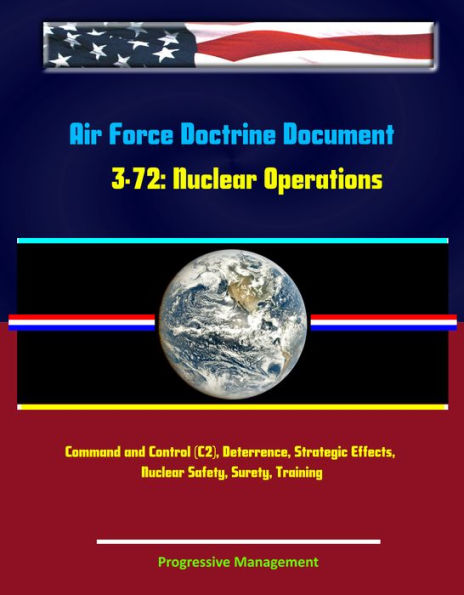5
1

Air Force Doctrine Document 3-72: Nuclear Operations - Command and Control (C2), Deterrence, Strategic Effects, Nuclear Safety, Surety, Training

Air Force Doctrine Document 3-72: Nuclear Operations - Command and Control (C2), Deterrence, Strategic Effects, Nuclear Safety, Surety, Training
5.99
In Stock

Product Details
| BN ID: | 2940033144662 |
|---|---|
| Publisher: | Progressive Management |
| Publication date: | 04/19/2012 |
| Sold by: | Smashwords |
| Format: | eBook |
| File size: | 157 KB |
About the Author
From the B&N Reads Blog
